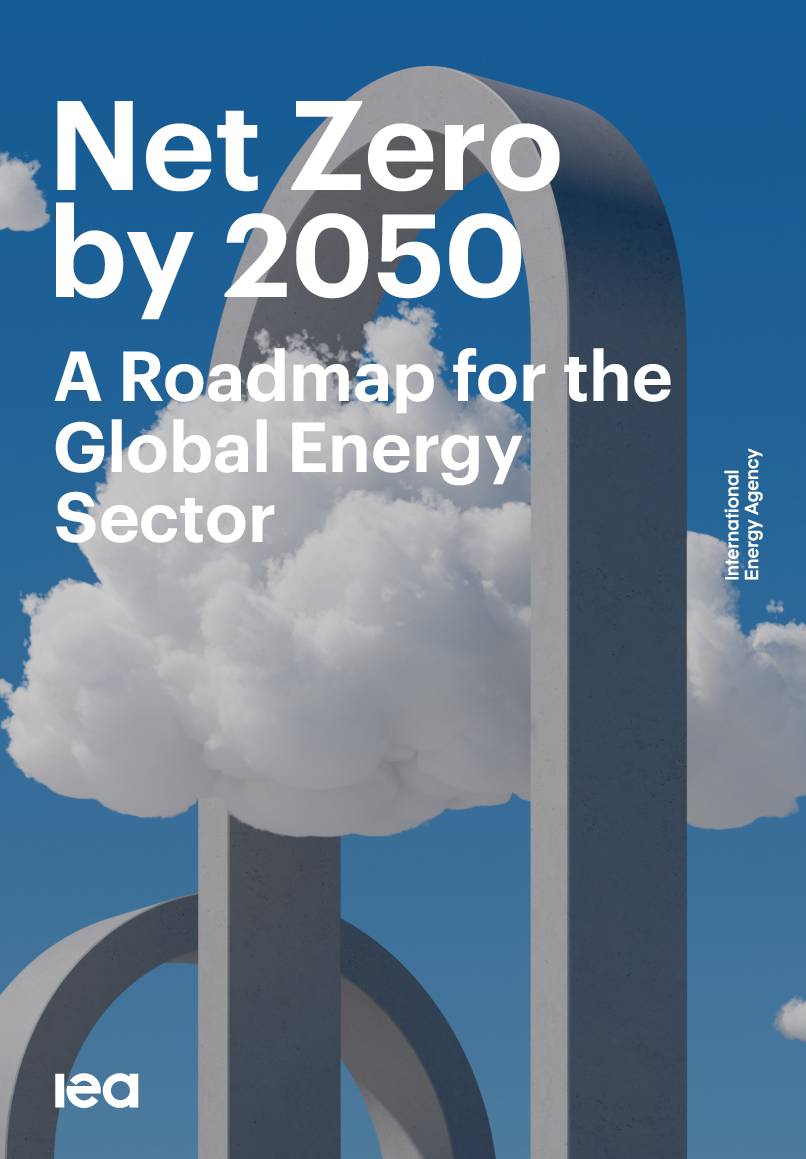The International Energy Agency (‘IEA’) recommends transition pathways to a net zero energy system by 2050 while ensuring stable and affordable energy supplies, providing universal energy access, and enabling robust economic growth.
The IEA indicates that floor area in the buildings sector worldwide is expected to increase 75% between 2020 and 2050 with 80% from emerging market and developing economies. Despite demand growth, total CO2emissions from the buildings sector must decline by more than 95% from almost 3 Gt in 2020 to around 120 Mt in 2050 to reach a Net Zero Energy (‘NZE’) Building scenario.
Decarbonisation of the buildings sector and reaching an NZE scenario are largely driven by energy efficiency and electrification. The transformation relies technologies which are already on the market including bioclimatic and material-efficient design, energy efficient appliances, heat pumps and improved envelopes for new and existing buildings.
Fossil fuel energy demand in the buildings sector drops to 30% by 2030, and to 2% by 2050 in the NZE scenario with a rapid shift to zero-carbon-ready technologies as the share of electricity in the energy mix reaches almost 50% by 2030 and 66% by 2050, up from 33% in 2020.
The IEA defines a zero‐carbon‐ready building as highly energy efficient and reliant upon renewable energy directly or an energy supply that will be fully decarbonised by 2050, such as electricity or district heat. This means that a zero‐carbon‐ready building will become a zero‐carbon building by 2050 without any further changes to the building or equipment.
Zero‐carbon‐ready buildings should maximize the efficient and smart use of energy, materials and space with key considerations including:
- Scope: zero‐carbon‐ready building energy codes should cover building operations (scope 1 and 2) as well as emissions from the manufacturing of building construction materials and components
- Energy Use: passive design features, building envelope improvements and high energy performance equipment should be leveraged to lower energy demand and reduce both the operating cost of buildings and the costs of decarbonising the energy supply
- Energy Supply: locally available renewable resources such as solar thermal, solar PV,
- PV thermal and geothermal should be integrated into the use of energy.
- Power System Integration: connectivity and automation should be leveraged to manage building electricity demand
- Building and Construction Value Chain: material efficiency strategies should can be used to cut cement and steel demand in the buildings sector by a third relative to baseline while embodied emissions can be further reduced by a more robust uptake of bio-sourced and innovative construction materials
Share this

Sectors: Buildings, Finance
Country / Region: Global
Tags: Banks, baseline, citizens, economic growth, efficient appliances, efficient construction of buildings, emissions, energy efficiency, energy supply, geothermal energy, Industry Regulators, Institutional Investors, National Regulators, SMARTER, solar photovoltaic, solar thermal, Supranational RegulatorsIn 5 user collections: Green Home Investment Platform – Industry Regulators , Green Home Investment Platform – National Regulators , Green Home Investment Platform – Supranational Regulators , Green Home Investment Platform – Institutional Investors , Green Home Investment Platform – Banks
Knowledge Object: Web Resource
Author: Birol, Fatih
